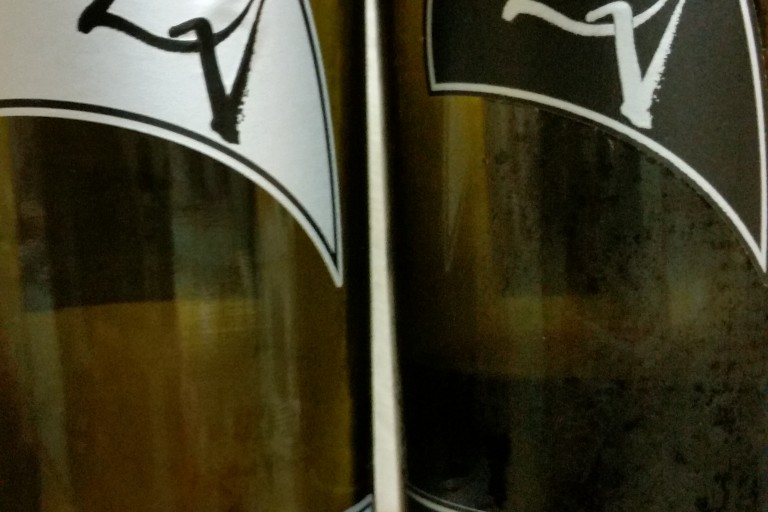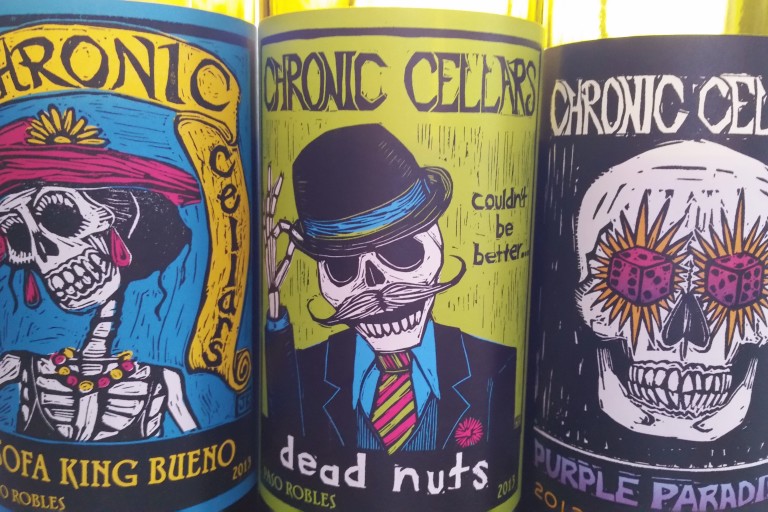You might know all about wine cork, but it made a real difference to me to stand in a cork forest in Portugal recently. And to see the whole process of wine corks being made. (Courtesy of Amorim, which is the largest cork producer in the largest cork-producing company in the world.)
Cork oaks are relatively small, with large numbers emblazoned on their trunks, representing the year the thick bark was last harvested. It takes about 25 years for the first harvest, then it’s every 9 years until the tree is around 150 years old. So it makes sense to me that cork producers are into sustainability. They’re sustaining the forests for their descendants, as well as for the birds and animals that inhabit these ecosystems.
The big question: is cork better than screwcap? I did learn that corks are now much better than they used to be: Amorim says it has reduced cork taint (which spoils wine in the bottle) 85% since it hired a full-time scientific staff to beat the problem (finally) in 1999.
It would be great if we knew exactly how wine interacts with cork, but even in this scientific age, we don’t have it all down. Screwcaps seem a fine alternative for the 95% of wines that are made to be consumed within a year or two. After that…???


